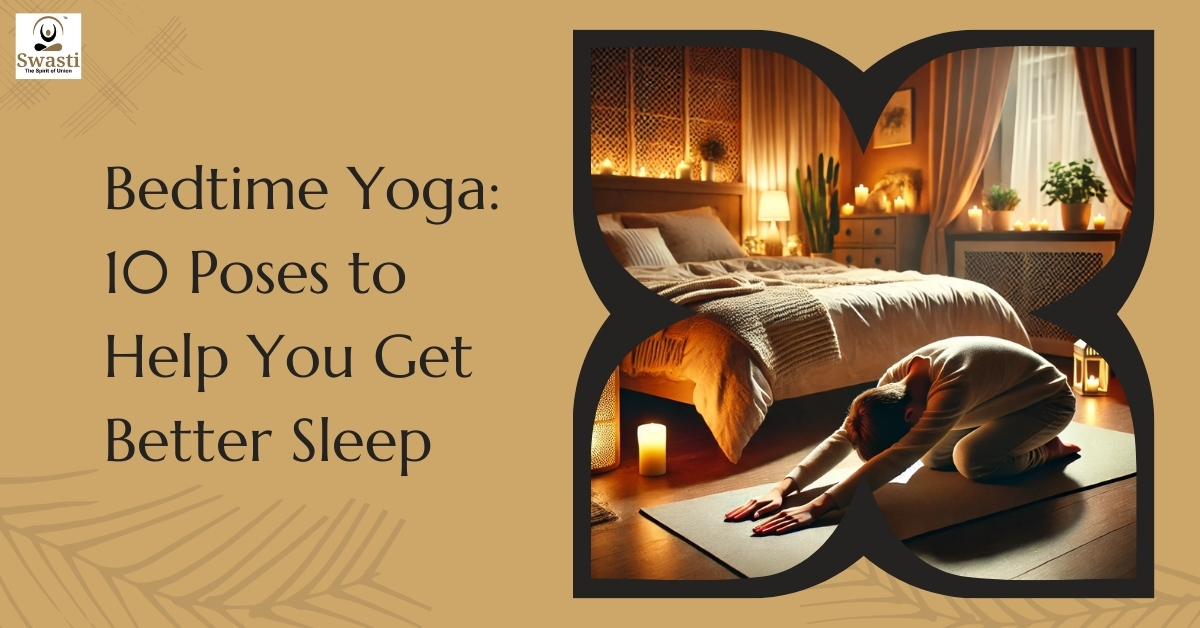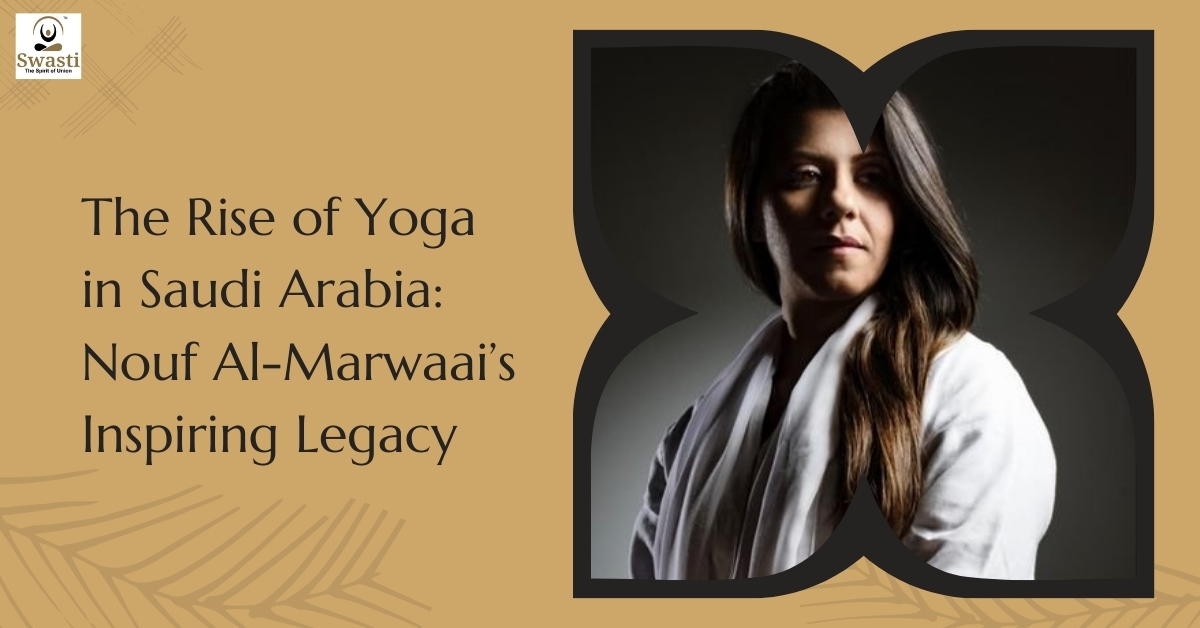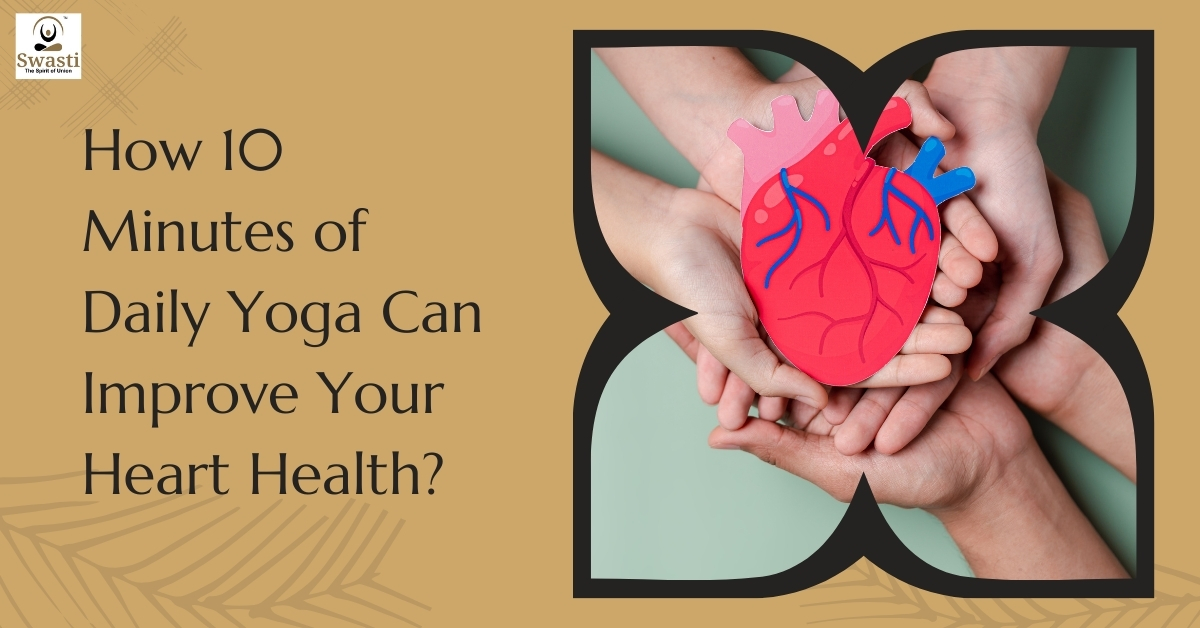
Bedtime Yoga: 10 Poses to Help You Get Better Sleep
In today’s world, where business education is becoming increasingly demanding, finding ways to balance personal well-being with professional aspirations is essential. Yoga has proven to be a valuable tool for cultivating focus, resilience, and clarity—qualities every future entrepreneur needs. This understanding was brought to life on Saturday, 23rd November when Swasti Yoga Center in Pune hosted an inspiring session for 56 business students and 4 teachers from Spain at the serene Shankar Shetty Park. The session introduced the participants to the practical and far-reaching benefits of yoga in both professional and personal spheres. Let’s explore in greater detail why yoga is vital for business students and aspiring corporate leaders. Why Yoga Matters for Business Students 1. Sharper Focus Business students are often juggling multiple responsibilities—academic projects, internships, networking events, and more. This multitasking can lead to a cluttered mind, reducing efficiency and decision-making ability. Yoga helps by: Practicing Mindfulness: Techniques like breath awareness and guided meditation train the brain to stay focused on the present moment. Improving Cognitive Function: Research shows that regular yoga enhances brain activity in areas related to attention and memory. During the session, participants learned simple yet effective breathing exercises like anulom vilom (alternate nostril breathing) to clear their minds and maintain focus. These tools are invaluable for staying productive during intense study sessions or while preparing for presentations. 2. Boosted Creativity Innovation is the lifeblood of business, and creativity is a prized skill in any corporate environment. Yoga fosters creativity by: Reducing Mental Blocks: Stress often stifles creativity. Yoga’s relaxing postures and breathing techniques help release tension, allowing ideas to flow freely. Encouraging Open Thinking: Practices like dynamic meditation and yoga nidra encourage deep relaxation, unlocking new perspectives and solutions. At the session, participants engaged in gentle stretches and reflective exercises that helped them tap into their creative potential. One student remarked, “This has been an eye-opener. I feel like I can think more clearly and approach challenges with a fresh perspective.” 3. Emotional Balance Effective leadership and collaboration require emotional intelligence—the ability to understand and manage your emotions while empathizing with others. Yoga nurtures this through: Self-Awareness: By practicing mindfulness, individuals become more attuned to their feelings and triggers. Stress Regulation: Techniques like pranayama and meditation lower cortisol levels, reducing the likelihood of reactive or impulsive behavior. Improved Empathy: Yoga promotes a sense of connectedness, which helps in building stronger interpersonal relationships. The Spanish students practiced mindful breathing and gratitude meditation, which fostered a deeper connection with their peers and teachers. These practices will undoubtedly help them handle future team dynamics with greater empathy and understanding. 4. Physical Endurance The sedentary lifestyle of students and professionals often leads to fatigue, poor posture, and long-term health issues. Yoga addresses these by: Strengthening Core Muscles: Postures like bhujangasana (cobra pose) and setu bandhasana (bridge pose) improve posture and alleviate tension in the spine. Boosting Energy Levels: Simple stretches increase blood circulation, delivering more oxygen to the brain and muscles, and keeping fatigue at bay. Preventing Burnout: Regular practice builds physical resilience, helping individuals endure long hours of work or study. At the event, participants were guided through a sequence of asanas tailored to relieve stress from prolonged sitting and improve flexibility. This combination of movement and mindfulness left them feeling refreshed and energized. Yoga and Core Entrepreneurial Values Beyond its physical and mental benefits, yoga instills a deeper sense of purpose and ethical grounding in entrepreneurs. By studying yoga, business leaders develop values that contribute to long-term success, not just for themselves but for their teams, communities, and society as a whole. Key areas of growth include: 1. Conflict Management Yoga teaches calmness and emotional regulation, essential for resolving conflicts in the workplace. Leaders who practice mindfulness are better equipped to mediate disputes and foster harmony within their teams. 2. Ethical Business Practices Rooted in principles like ahimsa (non-violence) and satya (truth), yoga encourages honesty, integrity, and fairness in business dealings. Entrepreneurs learn to prioritize ethical decision-making, even in challenging situations. 3. Collective Good Yoga’s philosophy emphasizes interconnectedness, inspiring leaders to think beyond individual profits and work toward shared success. This mindset is crucial for building collaborative, team-oriented work environments. 4. Holistic Growth True growth isn’t limited to financial success. Yoga encourages holistic development, where entrepreneurs focus on personal well-being, team development, and societal contributions. This approach ensures balanced, sustainable growth. 5. Community Engagement Yoga fosters a sense of community and encourages leaders to engage meaningfully with those around them. Entrepreneurs who practice yoga are more likely to initiate and support community-driven projects that bring people together. 6. Sustainable Development One of yoga’s core principles is sustainability—living in harmony with nature and minimizing harm to the environment. Entrepreneurs who embrace yoga are more inclined to adopt eco-friendly practices, contributing to a more sustainable world. Why Yoga Isn’t Just for Wellness Enthusiasts? 1. Managing Stress In the corporate world, stress is unavoidable, but how you manage it makes all the difference. Yoga offers a proactive way to tackle stress by: Reducing Anxiety: Practices like shavasana (corpse pose) and deep breathing calm the nervous system. Building Resilience: Yoga fosters a mindset that sees challenges as opportunities rather than obstacles. Participants at the session were introduced to stress-relief techniques that they can incorporate into their daily lives, helping them stay calm during exams, interviews, or high-pressure situations. 2. Enhancing Productivity When the mind is cluttered and energy is low, productivity takes a hit. Yoga combats this by: Increasing Mental Clarity: Meditation practices improve decision-making by encouraging logical thinking. Boosting Physical Stamina: A combination of dynamic stretches and breathing keeps fatigue at bay, ensuring consistent performance. The students practiced techniques to reset their energy levels, equipping them with strategies to remain productive even during long, demanding days. The Key to Long-Term Success Yoga is more than a practice—it’s a lifestyle. For business students and future leaders, it offers the tools to navigate life with clarity, resilience, and balance. Events like this, hosted by Swasti Yoga Center, are a










